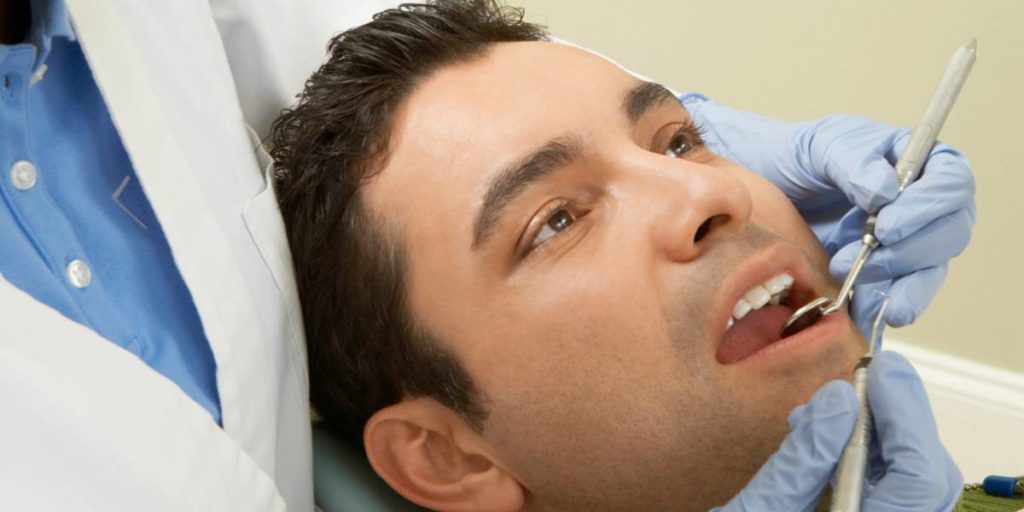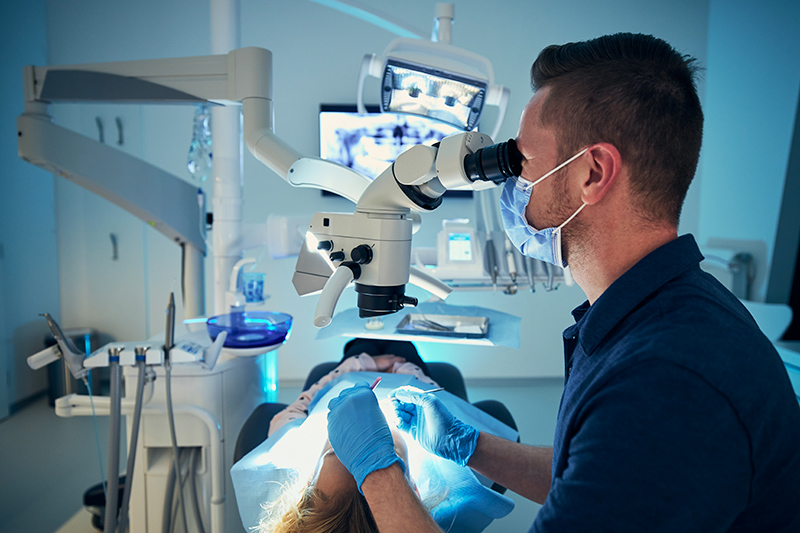


Tooth Extraction
Surgical Tooth Extraction: The Science of Safely Pulling Tooth
Everyone wants to maintain healthy teeth without much effort but that’s just not going to happen. You need to be religious with your oral regimen and see your dentist regularly for that spectacular smile. Moreover, tooth extraction is necessary if you fail at taking care of your teeth. Most of the time, the tooth could still be saved with dental prosthetics unless it’s extremely damaged.
Why do you need a tooth extraction?
Usually, a tooth can’t be saved due to facial trauma. These incidents come in the form of sports injuries and similar accidents. Aside from this, a tooth is likely to be removed because it is severely infected. A root canal treatment might help, however, there are instances that keeping the tooth would contaminate the neighbouring teeth.
Interestingly, if you have a worse case of periodontitis, the bone underneath starts to deteriorate. When this happens, the bone could no longer support the tooth and calls for removal.
Although broken tooth extraction is common, it’s also necessary even when the tooth has no fracture. For example, dental crowding, a condition where a patient has more erupted teeth than expected. Otherwise, he needs orthodontic treatment like braces. Correcting your teeth needs enough space in the mouth for movement and it won’t be possible with crowded teeth.
In the same way, a dentist may suggest an extraction if your wisdom tooth lies in an awkward position. This would surely cause pain because of the lesion and be at high risk of decay.
Simple extractions
It’s important that you understand why there’s no chance to save a tooth if keeping it leads to worse. Now, if that affected tooth has completely erupted or is visible, it only requires simple tooth extraction.
The simplicity of this procedure only involves 3 basic steps:
- Your dentist numbs your gums surrounding the tooth that needs an extraction. This is to ensure that you wouldn’t feel the following process.
- He uses a periosteal elevator, an instrument to hold onto the tooth and cautiously loosen it from the socket.
- He expertly performs a broken tooth extraction using his dental tool. This should effectively remove the entire tooth from the jawbone.

Surgical extractions
On the other hand, a surgical extraction is necessary if the tooth hasn’t fully erupted. It also applies if the tooth is still half-way through the gums or isn’t showing at all. Since the tooth isn’t exposed, it would be hard to simply fasten it and pull it off. This time, your dentist’s diagnosis sees an impacted tooth and would recommend you to an oral surgeon.
Your oral surgeon will take care of the tooth through the following tooth extraction procedure:
- The oral surgeon puts you into a deep sleep because the procedure is quite invasive.
- He creates access to the impacted tooth with an incision.
- He removes some of the gums and bone tissues that are obstructing the tooth.
- If the tooth is too large, he may break it into pieces and dislodge it. Otherwise, he uses the forceps to rock the tooth loose.
- He successfully pulls it out.
Post-surgical instructions
Broken tooth extraction is by far a very common dental procedure and most even know its aftercare routine. If you’re one of them, make sure you consider these instructions after tooth removal.
- Bite down on clean gauze 30 minutes after treatment.
- Avoid unnecessary activities, especially exhausting ones. Do not go back to work or worse — to the gym for 2 days after the procedure. Even talking and eating takes effort so better wait for 2 more hours before you do it.
- Follow your dentist’s pain-relieving prescription. Taking medications that weren’t suggested might affect your fresh wound. Be careful not to intake aspirins as these actually make your blood thinner and delay blood clotting.
- Don’t brush your teeth within 24 hours and instead rinse with saline water to speed up the healing process.
- Have some soup and pudding in the meantime and gradually try solid foods days after your tooth extraction.
When it’s time to let go, learn to accept. In the end, you might no longer own an all-original set of teeth. At least, you could still smile through the hurting. Call your dentist now for a same-day dental appointment.
Share This Article
Subscribe to
Our Newsletter
Fill your email below to subscribe
to our newsletter

About DentistryEd
Sharky Liu is the founder and CEO of DentistFind, a results-driven dental marketing platform and marketing service that applies an analytical and data-based approach to increase new patient acquisition for dental practices.
Recent Post
Найдите Лучшие Онлайн Казино На зарубежном Языке Апрель 202
11 Concealed From The Public View Information Of The Video Casino Features Film Threa
How In Order To Start An On The Internet Casino: Costs, Permits, Games And Mor
Follow Us
Recent Post
5 Common Injuries That Need Dental Emergency Care
Periodontal Gum Disease Treatment: Advantages of Laser Therapy
Should You Be Worried About Amalgam Dental Fillings?
Ceramic Braces And Other Ways To Secretly Straighten Teeth
Please Read Disclaimer
Note: This information is for general education purposes only. It is not to be used as a substitute for medical advice from your eye doctor or refractive surgeon.
© 2018 Dental Clinic Images and text on this site belong to DentistFind.Com Copying or reproducing any text or graphics from this website is strictly prohibited by copyright law.